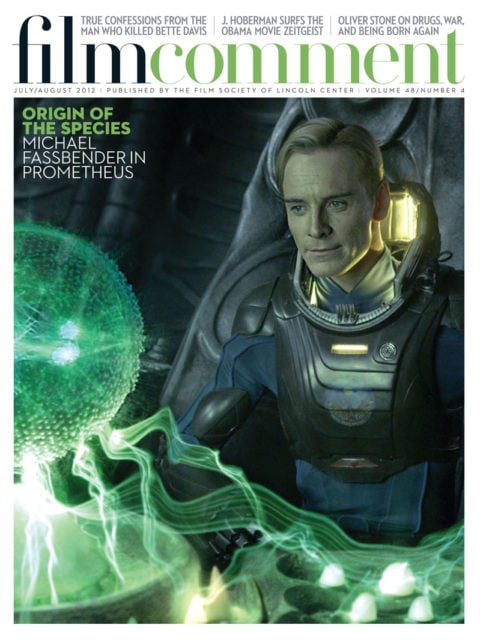
Second only to Maus, Marjane Satrapi’s Persepolis is the most widely read (or at least assigned) autobiographical graphic novel of all time. But as Art Spiegelman—or anyone who has been cursed with such success—can attest, generating a followup with even one-tenth of the critical and popular kudos is difficult to impossible. Satrapi’s first work translated into English after Persepolis, Chicken with Plums was widely derided by English-language critics as facile in terms of story, characterization, and drawing style. Transfigured by time and acclaim, Satrapi’s naturalism and simplicity were now merely childish.
Perhaps unsurprisingly, this line of criticism is not addressed by the live-action film adaptation. (Satrapi wrote it, she liked it, so she chose to tell it in another medium almost word for word.) Essentially a folktale set in the Fifties, it spins a thin, magical-realist yarn about Satrapi’s great-uncle Nasser Ali Khan, a world-famous violinist who decides to die after his beloved instrument is destroyed. Lying in bed waiting for death, he is visited by concerned family members, each conjuring flashforwards or flashbacks.
These moments give flavor, but fail to cohere into any particular taste. Yet it’s unfair to entirely blame the film’s lack of emotional resonance on Satrapi and her collaborator Vincent Paronnaud: Mathieu Amalric’s bug-eyed attempts at lovesick looks alternate between wretched and laughable.








